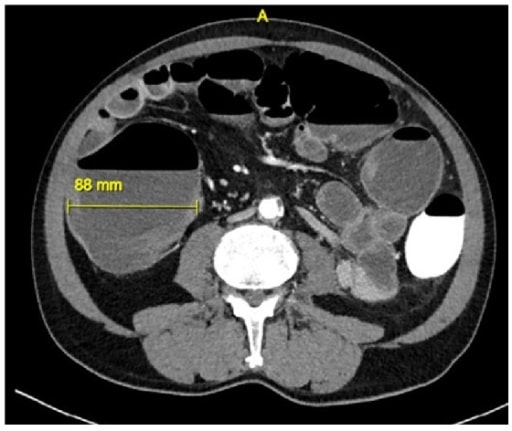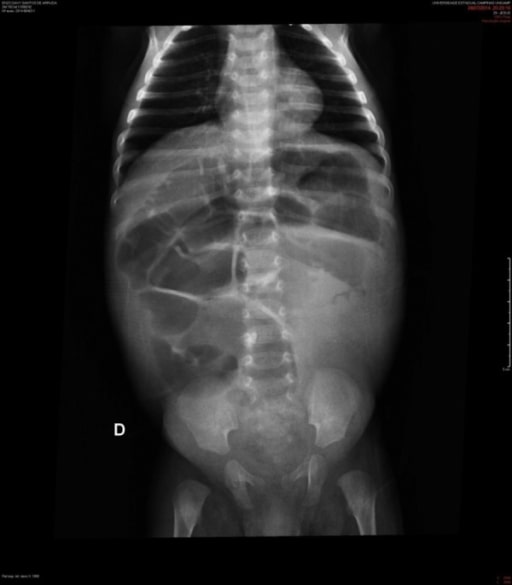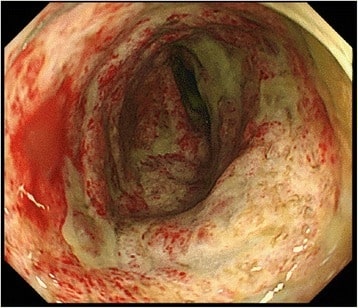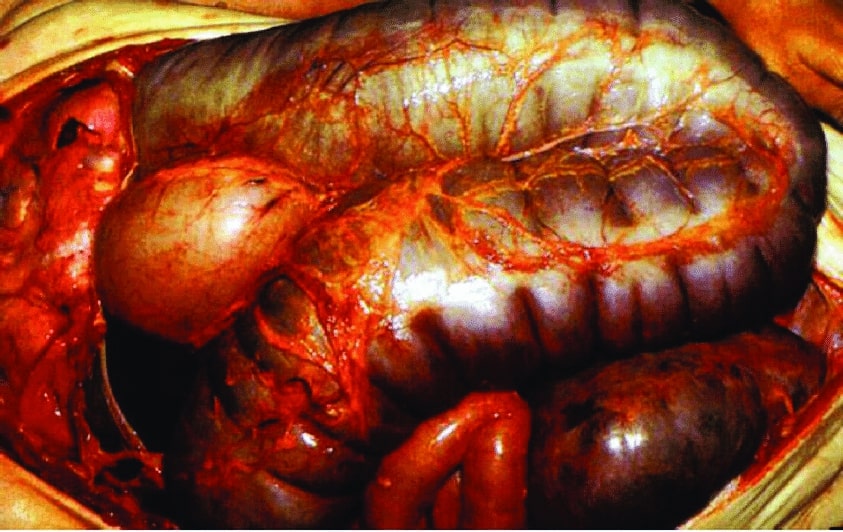Megacolon is a severe, abnormal dilatation of the colon and is classified as acute or chronic. There are many etiologies of megacolon, including neuropathic and dysmotility conditions, severe infections, ischemia, and inflammatory bowel disease. Toxic megacolon is an acute form of megacolon with systemic toxicity and carries the highest morbidity and mortality. Common symptoms include abdominal distention, pain, bloody diarrhea, or obstipation. Diagnosis depends on the underlying cause and is usually established with a combination of the patient’s history, laboratory findings, and imaging studies. Patients with chronic megacolon may require laxatives, enemas, and bowel training. Management for acute megacolon includes supportive care, decompression, and potential surgery.
Last updated: Mar 4, 2024
Megacolon Megacolon Megacolon is a severe, abnormal dilatation of the colon, and is classified as acute or chronic. There are many etiologies of megacolon, including neuropathic and dysmotility conditions, severe infections, ischemia, and inflammatory bowel disease. Megacolon is a severe dilatation of the colon Colon The large intestines constitute the last portion of the digestive system. The large intestine consists of the cecum, appendix, colon (with ascending, transverse, descending, and sigmoid segments), rectum, and anal canal. The primary function of the colon is to remove water and compact the stool prior to expulsion from the body via the rectum and anal canal. Colon, Cecum, and Appendix: Anatomy secondary to impaired motility Motility The motor activity of the gastrointestinal tract. Gastrointestinal Motility or an inflammatory process. The condition is classified based on the time course and duration:
These studies help evaluate the severity of the disease, complications, and potential causes.

Computed tomography image of toxic megacolon secondary to C. difficile infection
This CT shows colonic distention of 8.8 cm.

Abdominal X-ray of a 2-month-old patient with congenital aganglionic megacolon (Hirschsprung disease)
This image shows dilated loops of the small bowel and colon.

X-ray image of a patient with toxic megacolon
The X-ray was performed in the standing position and shows colonic air-fluid levels in the epigastric region and the splenic flexure.

Colonoscopy image showing a severe ulcer and pseudomembrane at the descending colon in a patient with toxic megacolon
Image: “Colonoscopy” by Department of Gastroenterological Surgery, Clinical Research Institute Cancer Research Division, National Kyushu Medical Center, Fukuoka, Japan. License: CC BY 4.0General management:[7,14,17,18]
C. difficile colitis Colitis Inflammation of the colon section of the large intestine, usually with symptoms such as diarrhea (often with blood and mucus), abdominal pain, and fever. Pseudomembranous Colitis:[7,11,12]
IBD:[7,17,18]
Surgical management:[7,9,10]

Surgical findings for toxic megacolon related to C. difficile colitis
Image: “Toxic megacolon” by University of Pittsburgh Department of Pathology. License: CC BY 3.0Initial management:
Pharmacologic interventions:
Colonoscopic decompression:
Surgery: